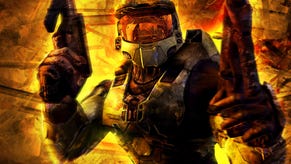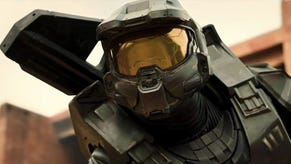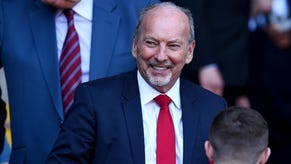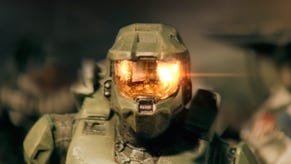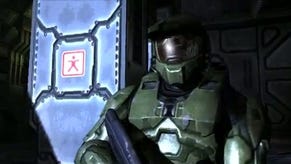Better Than Halo: The Making of Halo 2
As Microsoft prepares to switch off Xbox 1, Bungie reveals the painful birth of the game that defined Xbox Live.
Finally, however, Bungie managed to get its plane onto the runway. Halo 2 shipped on November 9th, 2004. Anticipation was at fever pitch; 1.5 million copies had been pre-ordered, an industry record, and 2.4 million were bought in the first 24 hours on sale, giving Halo 2 the highest grossing opening weekend for any entertainment product, ever.
Griesemer, who had been involved in the focus testing for the game, knew that Bungie had a hit on its hands. The team's obsessive approach to intensively testing its gameplay was really born on Halo 2, which gave Griesemer a unique insight - he had stats, on paper, which said that people loved the game.
Not everyone in the company was convinced. "I remember having a lot of conversations with people who thought we'd screwed up, that we'd destroyed the franchise, driven it over a cliff," he recalls with a laugh.
Halo 2 scored almost as highly as its predecessor with reviewers - no mean feat for a sequel to a ground-breaking game. Some gamers, however, were less convinced, for two key reasons.
One was the cliffhanger ending, a symptom of Bungie's desperate need to cut features and levels from the game in order to hit its ship date. The other was a secret which Bungie had jealously guarded since the outset - a second playable character, the Arbiter, a Covenant Elite who allowed you to see the war from the side of the Master Chief's implacable foes. A noble warrior betrayed by his own leaders, the Arbiter lends surprising depth to Halo 2's otherwise gung-ho narrative. Some fans, however, hated him.
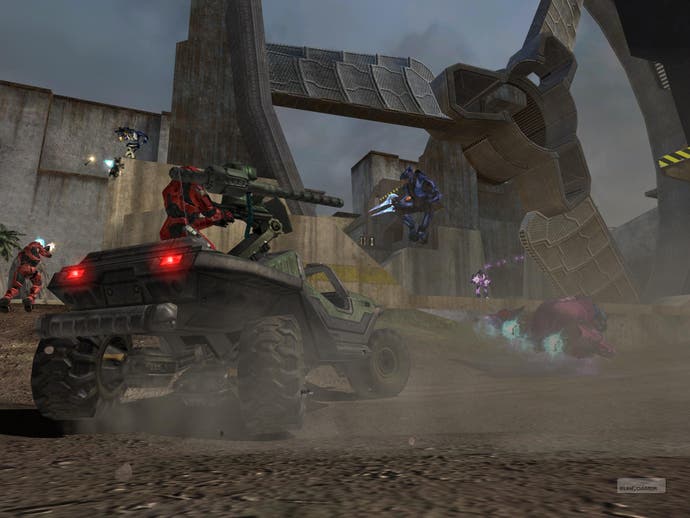
"Some of that backlash was on account of the heavy-handed marketing that set expectations for defending Earth against the Covenant," says Brian Jarrard, Bungie's community lead. "I think, even more so than playing as the Arbiter, the thing that people were disappointed with and angry about is that they were promised this experience, through the marketing, of being really backs against the wall, Earth's under siege, we're going to do all we can to save our home planet... In reality, the game only had two missions that actually did that."
"The original plan had you returning to Earth at the end - which you did, at the end of Halo 2, for about three seconds before it abruptly ended," says Griesemer. "I think if we'd been able to finish that last couple of missions and get you properly back on Earth, a lot of the reaction would have been placated."
Butcher disagrees. "I don't think so. I think it really was that a bunch of people thought they were going to play a war movie - they were going to play Medal of Honor, with aliens, and that was not the game we were building."
For his own part, Butcher really liked the Arbiter levels. "I'm a player who cares a lot about the story and what's going on, and why the world is the way that it is," he explains. "Players that don't, that are really just there to experience the action, some of them skipped the cut-scenes that took you from the Master Chief leaving Earth. If you skip that, the last thing you see is that you're in a Pelican leaving Earth, and then you're some dude carrying an energy sword with Grunts around you trying to kill you."
"I think the Arbiter is a much more interesting character," adds Griesemer. "He's got a detailed arc - he really changes over the course of the games - whereas the Chief is literally the exact same guy at the beginning and the end. He's in cryosleep, ready to get thawed out and kick some more ass later."



